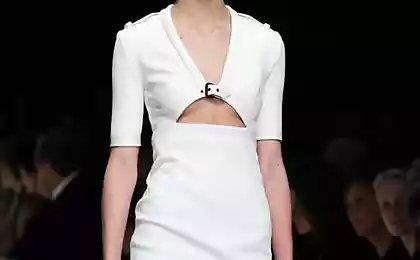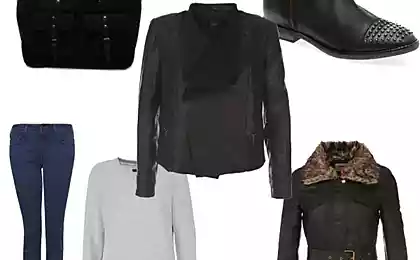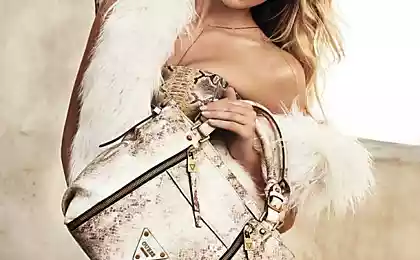5442
Dolce & Gabbana men's Fall / Winter 2014
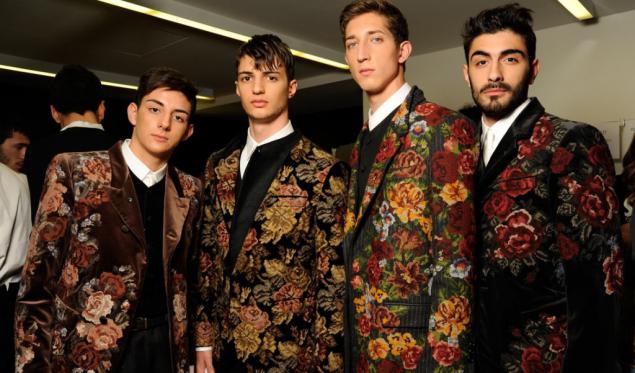
Italian fashion house Dolce & Gabbana to destroy stereotypes - embroidery is only for women? But no! Famous fashion designers Domenico Dolce and Stefano Gabbana again returned historic right of embroidery to decorate a man's suit.
Embroidery is one of the oldest types of crafts. Where it came from is hard to say, since it traces can be found in different countries. At the same sources indicate that men were engaged in a trade, especially in the East, where the embroidery was not considered women's work. The first mention of this in the Bible, in the book of Exodus, where the question of the cunning workman, and an embroiderer "in blue, purple, and scarlet cloth».
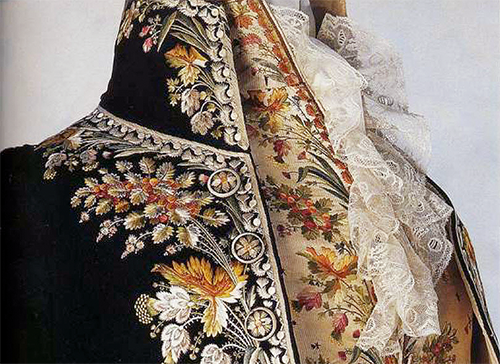
Embroidered clothing at all times was a sign of wealth, shows the status of the owner. Especially prized items with embroidery technique surface. It is believed that she came to Greece and Rome from the East. There she was done with silk threads on silk, and themes were mostly vegetable and floral motifs. Embroidered silk clothes could wear only the rulers and their immediate environment.
In Europe, long stitch embroidered religious themes, decorating their liturgical garments of the priests. However, since the XVI century embroidery began to occupy a strong position in secular clothes. Start of fashion has gone from Spain. Accordingly, changed patterns and themes: men's outfits adorned emblems, logos, secular motifs became widespread Moorish ornament, performs with gold thread. Usually embroidered kaftans plain and capes.
Subsequently, embroidered clothes became popular throughout Europe. It began to use pearls and precious stones. Like all fashion of the XVII century, which was characterized by baroque embroidery was colorful, artsy, embossed. It has become so popular among the nobility that gradually covered the entire suit until decorative brocade. Especially richly decorated men's coats, and sometimes under the patterned fabric to be seen. Did not escape the attention and shoes: embroidered shoes as the ceremonial and domestic.
To this period belongs the emergence of new techniques of performance, in particular, Richelieu embroidery, or slotted (delicate). She was named in honor of the French statesman who is very successful in this business, but the technique was "born" in Italy as early as the XIV century, and to the XVI widespread throughout Europe. It was not an easy embroidery and also a privilege of the nobility, decorating the contours of products, for example, cuffs and collar. Especially appreciated openwork embroidery Venetian seam patterns that resemble lace.
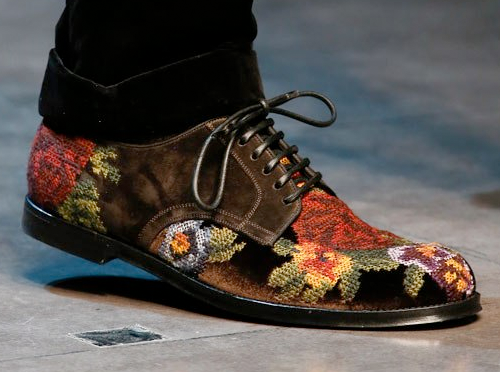
In the same category changes were observed in the beginning of the XVII century was dominated by floral ornament rococo to the end of the century was again popular storyline.
In the XIX century to replace the splendor comes quiet romanticism and Biedermeier style. Men's suit becomes restrained him except that relied colored vest - the only item of clothing colorful, embroidery and gave way to white-collar workers, Dark coat (frock coat) and striped suit. Only in the villages of something else where they met designs on shirts men.
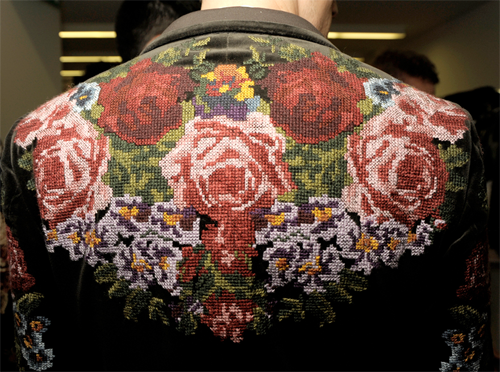
For a long time embroidered toilet unjustly held in the shadow of other fashion trends, but now he again took the podium. This season again relevant oriental motifs - flowers, vegetable - made embroidery. Excellent combination of an embroidered jacket and boots with a similar ornament.


